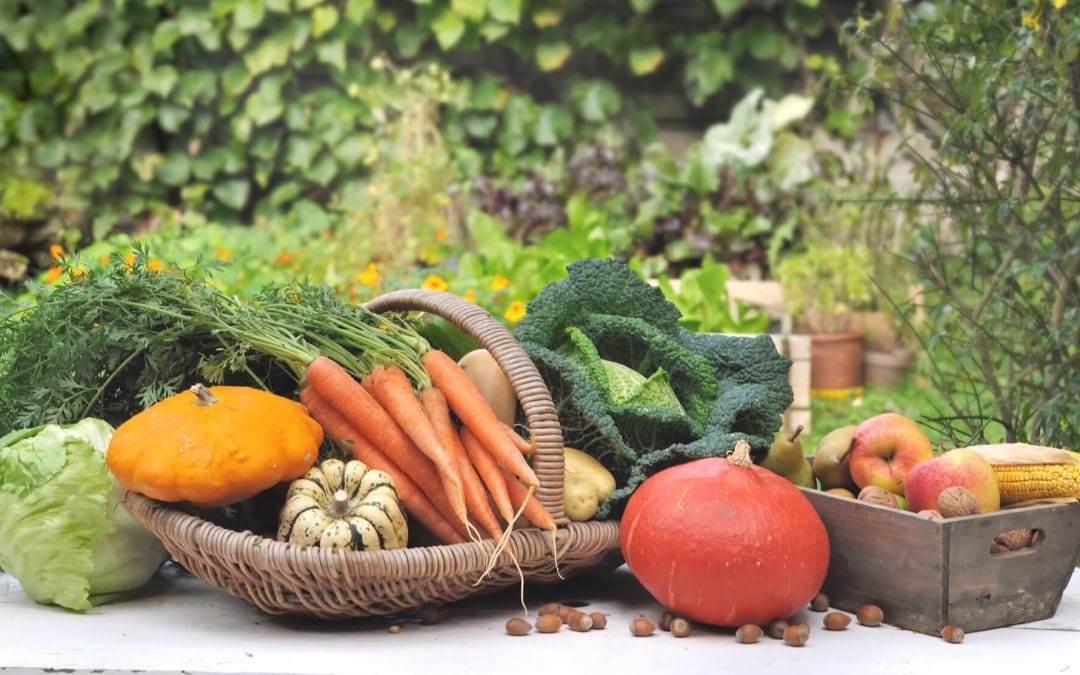As summer wanes and the crisp air of fall begins to settle in, many gardeners see this as the perfect time to revamp their gardens for the season. Fall is the perfect season for harvesting summer crops and planting a variety of vegetables and herbs that flourish in cooler temperatures. Whether you’re an experienced gardener or a novice, growing a fall garden extends your growing season and provides fresh produce well into winter.
Preparing for Growing a Fall Garden
Before planting, it’s essential to prepare your garden bed properly. Begin by clearing away any spent summer crops and weeds. Once the bed is cleared, amend the soil with compost or well-rotted manure to replenish nutrients that may have been depleted over the summer months. This step is crucial as it ensures the soil has the nutrients necessary to support your fall crops.
Next, it’s time to test your soil’s pH level. Most fall vegetables prefer a slightly acidic to neutral pH. If your soil is too acidic or alkaline, adjust it by adding lime or sulfur as needed. Proper soil preparation supports healthy plant growth and improves your garden’s overall yield.
Choosing the Right Fall Crops
The cooler temperatures of fall are perfect for certain vegetables and herbs. Leafy greens like spinach, kale, and Swiss chard thrive in cooler weather and can often survive even after a light frost. Root vegetables such as carrots, beets, and turnips also do well in fall gardens, as the cooler soil conditions help to sweeten their flavor.
Additionally, hardy brassicas like broccoli, Brussels sprouts, and cabbage are excellent choices for a fall garden. These plants can withstand frost and continue to grow slowly, resulting in tender, flavorful produce.
Planting and Care
When planting your fall crops, consider the shorter days and cooler temperatures. Start by sowing seeds or transplanting seedlings about six to eight weeks before the first expected frost. This timing ensures that your plants have enough time to mature before the cold weather sets in.
Watering is critical during the fall months as the weather can vary. Keep the soil consistently moist but not waterlogged. Mulching around your plants helps retain moisture, regulate soil temperature, and suppress weeds.
In addition to regular watering, monitor your garden for pests and diseases. Fall can bring about a resurgence of certain pests, so keep a close eye on your plants and address any issues promptly to prevent damage.
Harvesting and Enjoying Your Fall Produce
Harvesting fall crops is a rewarding experience, as it often coincides with the change of seasons and cooler weather. Leafy greens can be harvested continuously by picking the outer leaves and allowing the inner leaves to continue growing. Root vegetables should be harvested before the ground freezes, and you can enjoy them fresh or store them in a cool, dry place for later use.
Brassicas and other hardy vegetables can be left in the garden to harvest as needed. Many of these vegetables improve in flavor after a light frost, which sweetens their taste.
Growing a fall garden is a terrific way to extend your gardening season and enjoy fresh, home-grown produce well into the cooler months. Get started now, and you can have a thriving garden long after summer ends.
FAQs for Growing a Fall Garden
How can I protect my fall garden from frost?
To protect your plants from frost, cover them with row covers or frost blankets. You can also use cloches or cold frames to provide additional protection. These measures help maintain a slightly warmer environment around your plants.
What are some tips for extending the growing season in the fall?
Consider using hoop houses or high tunnels to create a more controlled environment for your plants. These structures can provide extra warmth and protection from the elements, allowing you to grow crops longer into the fall and even winter.
Can I grow herbs in my fall garden?
Yes, many herbs, such as parsley, cilantro, and thyme, can thrive in cooler weather. Plant these herbs in well-drained soil and ensure they receive adequate sunlight. With proper care, you can enjoy fresh herbs well into the fall season.
Can I plant fall crops directly into the garden or start them indoors?
You can plant most fall crops directly into the garden, especially if you have a well-prepared bed. However, starting seeds indoors or in a greenhouse can give your plants a head start and help them mature more quickly. If you start indoors, transplant the seedlings into the garden when they are sturdy enough to handle the cooler outdoor temperatures.
Attic to Foundation offers professional home inspections for customers in the greater Atlanta area. If you’re buying or selling a home, contact us to schedule our services.

